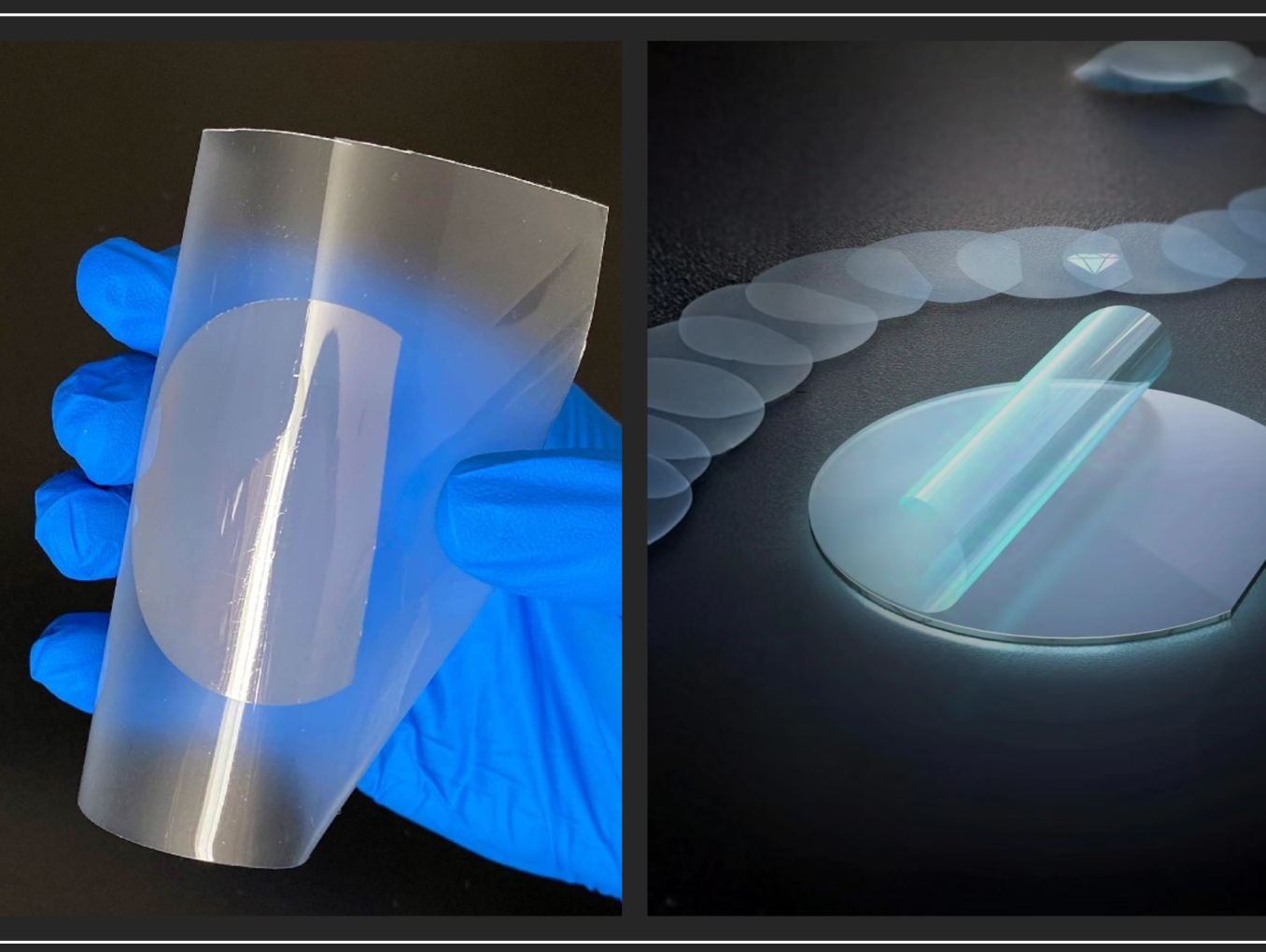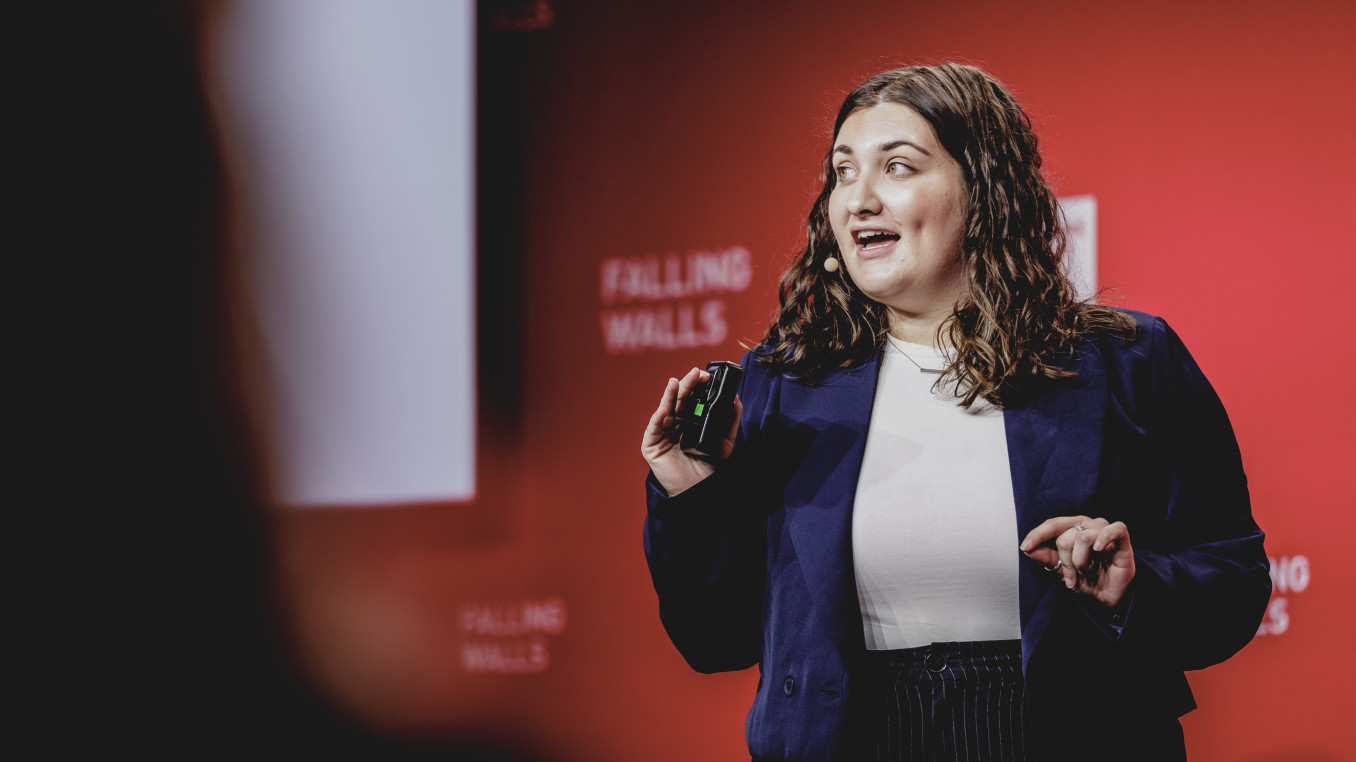Breaking the Wall of Flexible Diamond Membranes
Breaking the Wall of Flexible Diamond Membranes
Global Call 2025 Finalist Interview: Engineering & Technology
Zhiqin Chu received his B.S. and PhD degrees all in Physics from Northwest University (China) and The Chinese University of Hong Kong in 2008 and 2012, respectively. After staying in the same group for one year, he moved to The University of Stuttgart (Germany) to carry out his postdoctoral research from 2014 to 2016. In November 2018, he was appointed as an assistant professor in the Department of Electrical and Electronic Engineering (joint appointment with School of Biomedical Sciences) at The University of Hong Kong and was promoted to associate professor (with tenure) in November 2024.
Which wall does your research or project break?
Diamond is a remarkable material with unique properties that offer great promise in many fields. However, despite decades of research, the large-scale production of high-quality ultrathin diamond membranes for broad use continues to be a significant challenge.
Current methods, such as slicing bulk diamond and heterogenous growth, cannot produce large-area, defect-free membranes efficiently. Slicing is labour-intensive and small-scale, while heterogenous growth often results in rough, polycrystalline surfaces due to lattice mismatch with silicon. Separating these membranes from substrates involves complex, time-consuming processes like plasma etching, which limit size and increase costs.
Additionally, existing techniques are incompatible with standard semiconductor fabrication, hindering integration into electronic and photonic devices. Overcoming these barriers requires developing scalable, cost-effective methods to produce high-quality, ultrathin diamond membranes suitable for widespread industrial applications.
What is the main goal of your research or project?
The main goal of the current research is to develop a simple, scalable and efficient method—specifically, edge-exposed exfoliation—for producing high-quality, wafer-scale ultrathin diamond membranes. This approach aims to enable widespread industrial applications by providing membranes with excellent optical, thermal and mechanical properties, suitable for advanced electronics, photonics, quantum technologies and other high-performance devices. We aim to accelerate the commercialisation and arrival of the diamond era in electronics, photonics and other related fields.
What advice would you give to young scientists or students interested in pursuing a career in research, or to your younger self starting in science?
For young researchers, it's important to start with small, practical projects that build foundational skills and gradually advance. Focus on tasks like material testing, process optimisation or simple device fabrication to gain hands-on experience and confidence. Embrace the research process, understanding that setbacks and failures are normal—what matters most is maintaining a calm, rational mindset, learning from challenges and persisting through difficulties. Cultivating resilience and patience will help you navigate setbacks, turn obstacles into opportunities for growth and develop a genuine passion for discovery. Remember, steady progress and a resilient attitude are key to long-term success in research.
What inspired you to be in the profession you are today?
This intellectual curiosity and appreciation for the underlying principles of the natural world motivated me to delve deeper into physics, leading me to choose it for my undergraduate studies and eventually pursue a PhD in the same field. My passion for understanding the fundamental rules of nature and the beauty of equations laid the foundation for my career in scientific research.
What impact does your research or project have on society?
My research has the potential to significantly impact society by advancing the development of innovative materials and technologies, particularly through my work with diamonds. The efforts to transform diamonds into practical, scalable materials for electronics, semiconductors and industrial applications could lead to more efficient, durable and high-performance devices.
What is one surprising fact about your research or project that people might not know?
Although diamonds are considered the hardest materials in the world, recent advancements enable their thin layers to be peeled or separated with relative ease, like flexible paper.
What’s the most exciting moment you've experienced over the course of your research or project?
When some of the most ambitious scientific ideas finally come to fruition they open up new horizons for humanity.


